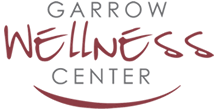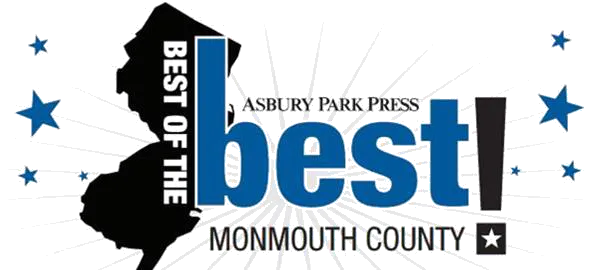How Does it Work?
The therapist performing a petrissage uses hands-on manipulation techniques to separate the tissues from structures.

Techniques Used in Petrissage
When performing petrissage, both hands are used preferentially as a unit. There is always some rhythm and cooperation, whether the hands are moving towards or away from one another, or one hand is placed over the other hand to apply deep pressure. Petrissage is an umbrella term that uses techniques such as kneading, rolling, lifting, milking, and wringing. Kneading involves picking up and squeezing the skin and is usually performed in a circular motion.
Unlike kneading, lifting can easily be applied with one hand rather than the whole thumb by lifting, squeezing, and then releasing the tissue. Wringing is when the tissue is pressed against the underlying structure and gently lifted away. Milking is often used for larger muscles like the back, legs, and shoulder. The squeezing is done using both hands and pressure is applied rhythmically.
Benefits of Petrissage
- Improves Blood Circulation
Petrissage enhances blood circulation by increasing lymphatic and venous return. It accelerates the delivery of oxygenated blood and nutrients to major parts of the body such as the heart, arteries, and muscles. Improved blood circulation also helps to eliminate waste products from the body.
- Increases Range of Motion
Muscle fibers slide past each other more easily when they have been stretched and loosened. This helps to achieve a greater muscle length by naturally improving flexibility and range of motion. Enhancing muscle function also reduces the risk of injuries and helps to eliminate scar tissue and adhesions.
- Improves Muscle Tone
Regular petrissage massage can help to maintain the right amount of muscle tension. The muscles exhibit a form of resistance known as muscle tone when it is at rest. The techniques used during petrissage stimulates reflexes found in muscle fibers, which can be useful for people who live a physically inactive lifestyle.
- Stimulates the Skin
The kneading movements used in petrissage can stimulate the skin. It improves blood circulation and minimizes surface tension, which leads to cell regeneration in the skin. Petrissage also increases the production of natural oil that can help to re-hydrate the skin.
- Mobilize Subcutaneous Fat
The adipose tissue located under the skin stores excess fat in the body. Improved blood circulation and cell regeneration in the skin can help get rid of excess fats from your body. It can enhance weight loss when combined with regular physical activities and proper eating habits.
Considerations
Petrissage is usually safe and very effective in most cases as it delivers promising results after the session. However, it may be inappropriate over new scar tissue, over inflamed areas, damaged skin, swelling, or after a recent injury. Since petrissage can be painful, your practitioner needs to adjust the firmness according to your pain threshold. Allow sufficient time for recovery after surgery before scheduling for a petrissage as the deep pressure could cause more damage to the area.
The overall goal of petrissage is to target the deeper tissues and penetrate the superficial layers to increase blood circulation to the muscles. Petrissage should not be painful when performed by well-trained and experienced therapists, as they know when and how to adjust the pressure depending on their client’s situation. It helps to stretch and broaden muscle fibers that may have been tightened because of overexertion or lack of stretching.

